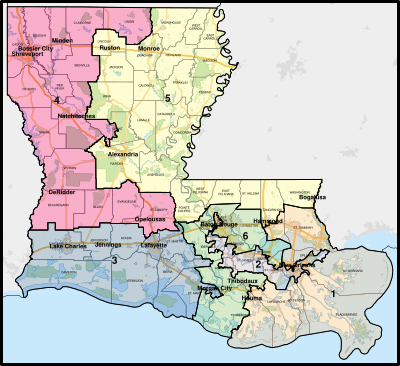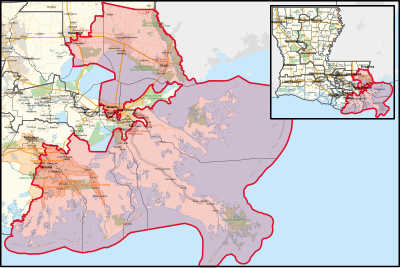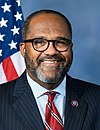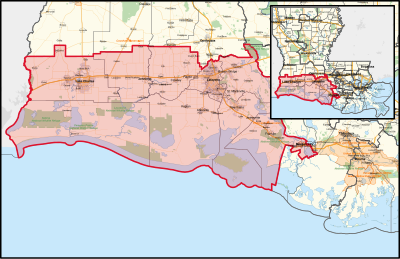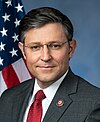Since Alabama became a U.S. state in 1819, it has sent congressional delegations to the United States Senate and United States House of Representatives. Each state elects two senators to serve for six years, and members of the House to two-year terms. Before becoming a state, the Alabama Territory elected a non-voting delegate at-large to Congress from 1818 to 1819.
These are tables of congressional delegations from New York to the United States House of Representatives and the United States Senate.
These are tables of congressional delegations from North Carolina to the United States House of Representatives and the United States Senate.
Since Arkansas became a U.S. state in 1836, it has sent congressional delegations to the United States Senate and United States House of Representatives, beginning with the 25th United States Congress in 1837. Before becoming a state, the Arkansas Territory elected a non-voting delegate at-large to Congress, beginning with the 16th United States Congress in 1819. Each state elects two senators to serve for six years in general elections, with their re-election staggered. Prior to the ratification of the Seventeenth Amendment in 1913, senators were elected by the Arkansas General Assembly. Each state elects varying numbers of members of the House, depending on population, to two-year terms.
These are tables of congressional delegations from Massachusetts to the United States House of Representatives and the United States Senate.
Since Kentucky became a U.S. state in 1792, it has sent congressional delegations to the United States Senate and United States House of Representatives. Each state elects two senators to serve for six years, and members of the House to two-year terms.

These are tables of congressional delegations from Ohio to the United States House of Representatives and the United States Senate.
Georgia became a U.S. state in 1788, which allowed it to send congressional delegations to the United States Senate and United States House of Representatives beginning with the 1st United States Congress in 1789. Each state elects two senators to serve for six years, and members of the House to two-year terms.
These are tables of congressional delegations from Vermont to the United States Senate and United States House of Representatives.
These are tables of congressional delegations from Maine to the United States Senate and United States House of Representatives.
These are tables of congressional delegations from Virginia to the United States Senate and United States House of Representatives. Virginia's current U.S. Senators are Democrats Mark Warner and Tim Kaine. Virginia is allotted 11 seats in the U.S. House of Representatives; currently, 6 seats are held by Democrats and 5 seats are held by Republicans.
These are tables of congressional delegations from Tennessee to the United States House of Representatives and the United States Senate.
These are tables of congressional delegations from Rhode Island to the United States Senate and United States House of Representatives.

These are tables of congressional delegations from Pennsylvania to the United States House of Representatives and the United States Senate.
These are tables of congressional delegations from New Jersey to the United States Senate and United States House of Representatives.
Since Iowa became a U.S. state in 1846, it has sent congressional delegations to the United States Senate and United States House of Representatives. Each state elects two senators to serve for six years, and members of the House to two-year terms. Before becoming a state, the Iowa Territory elected a non-voting delegate at-large to Congress from 1838 to 1846.

These are tables of congressional delegations from Maryland in the United States House of Representatives and the United States Senate.

These are tables of congressional delegations from Mississippi to the United States House of Representatives and the United States Senate.

These are tables of congressional delegations from Missouri to the United States House of Representatives and the United States Senate.
Since Illinois became a U.S. state in 1818, it has sent congressional delegations to the United States Senate and United States House of Representatives. Each state elects two senators to serve for six years, and members of the House to two-year terms. Before becoming a state, the Illinois Territory elected a non-voting delegate at-large to Congress from 1812 to 1818.
